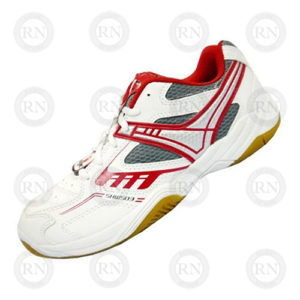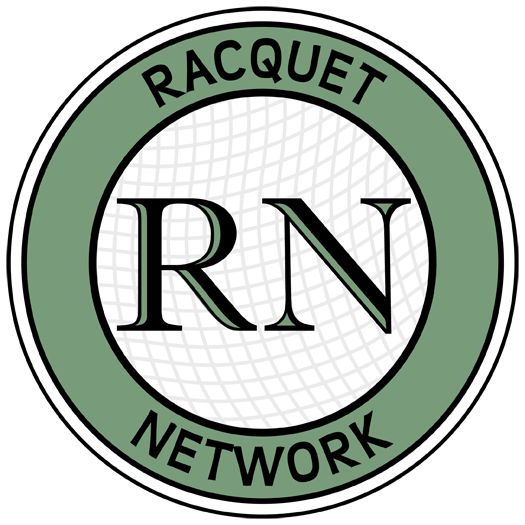
Squash Etiquette
Squash etiquette (which is backed up by rules in most facilities) requires players to wear clean shoes with non-marking soles. This means that the shoes you play in should not be the shoes you wear while traveling to or from the squash court.
Outdoor shoes are not squash shoes; they are not squash shoes because they are dirty. Dirty shoes make dirty courts. Dirty courts become slippery courts and slippery courts are dangerous courts to play on.
 |
For a full list of shoes in this category, please check out our ONLINE SHOE SELECTOR. You can sort by sport, gender, brand, size, weight, balance and more. |
Not Suitable for Squash
Basketball shoes are not squash shoes either. Nor are cross-trainers or running shoes. Almost without exception, black-soled shoes are not suitable for squash.
Badminton shoes or racquetball shoes can be substituted for squash shoes. However, tennis shoes are not squash shoes and should not be used for squash under any circumstances.
Gum Rubber Outer Soles
Squash shoes and indoor courts shoes typically have outsoles made of a blend of synthetic rubber and gum rubber. Pure gum rubber is blonde in colour and soft to the touch; however nobody makes pure gum rubber outsoles anymore. Virtually every manufacturer now uses a blend of gum and synthetic rubbers that is soft to the touch and sticky on hardwood floors.
The first thing you should be looking for when shopping for indoor court shoes of any kind is soles that are soft to the touch. If the shoes you are looking at have soft rubber in their outer soles, they are made for use on indoor courts.
 |
For a full list of shoes in this category, please check out our ONLINE SHOE SELECTOR. You can sort by sport, gender, brand, size, weight, balance and more. |
Things to watch for:
Shoes that are too short may cause you to lose a toenail. The repeated pounding of your toenail against the end of the shoe will damage the nail bed. Eventually, the nail will loosen and fall off.
Shoes that are too tight will cause pain when your feet swell. Keep this in mind when trying shoes on in the store. Remember that your feet swell during a typical squash match.
Shoes that are worn out on the inside will cause your feet to hurt the next day. If your feet hurt signficantly the day after you play squash, check the inside of your shoes for wear.
Rule of Thumb
Serious squash players replace their shoes in a season as many times as they play per week on average. In other words, squash players who play squash three times per week will replace their shoes three times per season.
Of course, not every player wears shoes out at an equal rate. Players who toe drag, for example, will replace their squash shoes more often than players who do not drag their toes.
 |
For a full list of shoes in this category, please check out our ONLINE SHOE SELECTOR. You can sort by sport, gender, brand, size, weight, balance and more. |
